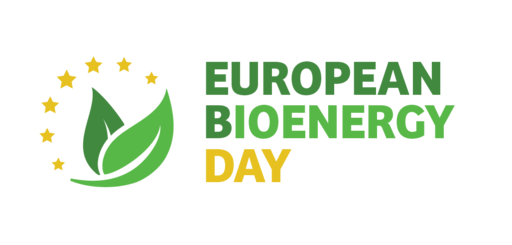Biomass for power generation
Traditionally, the electricity market has been closely regulated by European policies, allowing renewable energies to make up 33% of the market share. Wind and hydro are leading the transition in the sector. With regards to power generation, bioenergy represents 5,3% of the overall EU-27 generation. Most renewable power is generated by wind, hydropower and photovoltaic sources. Bioenergy represents 16,1% of the EU-27 renewable electricity production. As intermittency remains an issue in the near future, biomass will continue to play a role as the back-up, dispatchable energy source.
Contrary to what is said or written about bioenergy, statistics show that in the overall EU-27 power energy mix, a majority of biomass electricity being generated (71%) comes from combined heat and power plants, also known as cogeneration or CHP, rather than from plants producing only power. The situation is the total opposite of traditional power generation from conventional thermal sources. CHP plants represent only 28% whereas power-only plants amount to 72% (Bioelectricity Report, 2020).
This demonstrates that bioenergy is actually an effective means for promoting and further developing the use of modern and efficient CHP in Europe.
